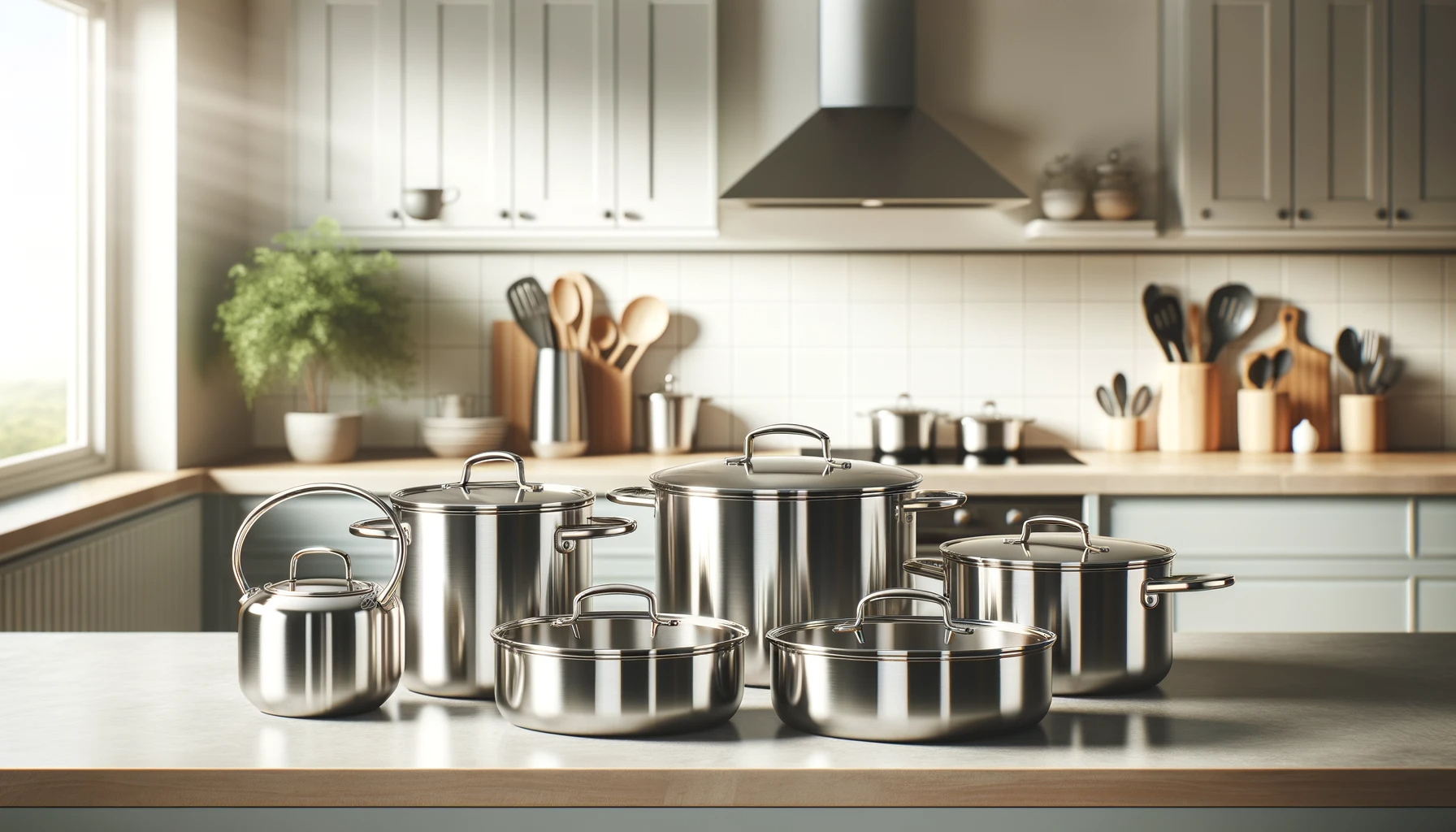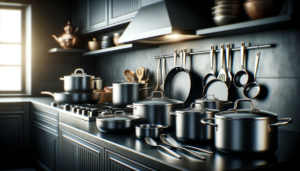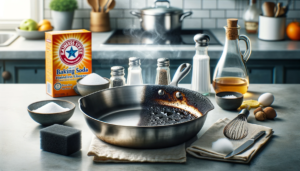With so many stainless steel cookware options on the market, making the best choice for your needs can be a challenge.
Understanding key selection criteria allows you to identify the ideal stainless steel pots and pans for your cooking requirements and budget.
Let’s dive in to the essential factors to evaluate when deciding which stainless steel cookware is right for your kitchen.
How to Choose the Best Stainless Steel Cookware?

The best approach for choosing high-quality stainless steel cookware is to evaluate the grade of steel used, inspect the pan construction, compare warranties and brand reputations, examine the interior polish and finish, and test the balance and handling.
Ideal pans should have tri-ply encapsulated bottoms for even heating, comfortable ergonomic designs for easy handling, hand-polished interiors for nonstick release of foods, and durable metals and gauges for longevity.
We’ll explore what makes for excellent stainless cookware in further detail below.
But those key factors provide the main criteria to assess when making your purchasing decision.
Consider the Grade of Stainless Steel
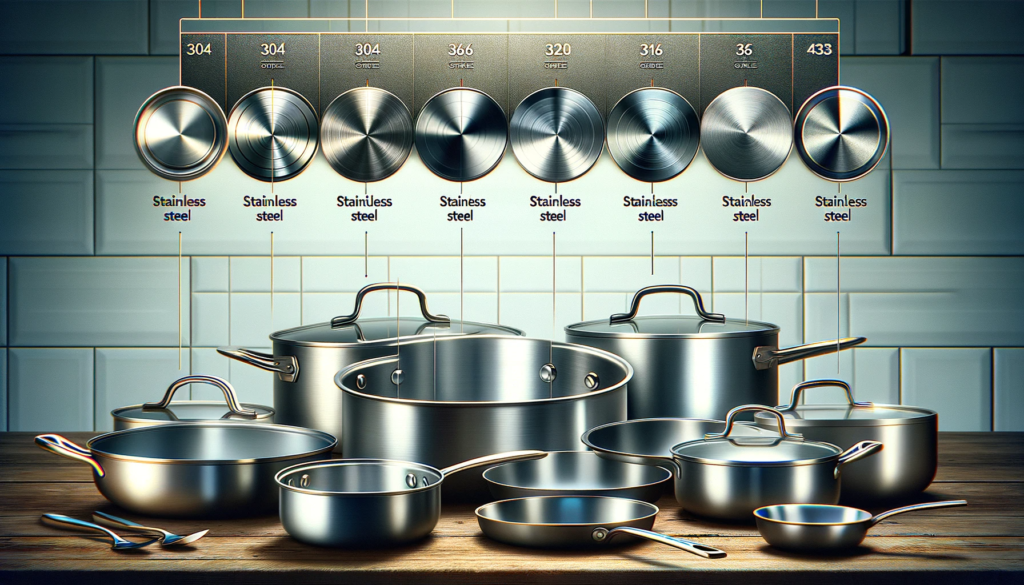
Stainless steel cookware is available in various grades, which differ in terms of performance, durability, and price.
The grade refers to the specific alloy composition of the steel, which impacts properties like corrosion resistance, strength, and magnetic qualities.
When selecting stainless steel cookware, some key grades to consider are 304, 316, and 430.
Grade 304 stainless steel is perhaps the most common grade used in cookware.
It contains chromium, nickel and manganese for enhanced corrosion resistance.
Grade 316 contains additional molybdenum for increased resistance to salt and corrosion.
It offers excellent durability, but comes at a higher price point.
Grade 430 is more affordable, but is also more likely to corrode and discolor over time.
For most home kitchens, grade 304 offers the best balance of corrosion resistance, durability and affordability when choosing stainless steel pots and pans.
Considering the grade helps ensure you select cookware that will hold up well to regular usage while still fitting into your budget.
Check the Construction
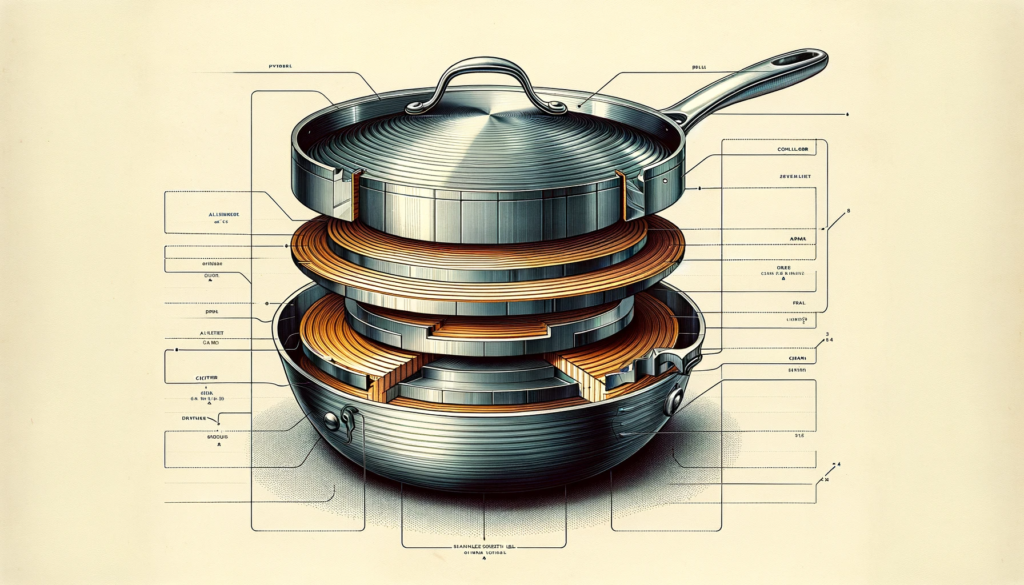
When evaluating stainless steel cookware, pay attention to the construction.
This refers to how the pan is layered and put together.
The majority of quality stainless steel cookware has a multi-ply construction.
This means it is comprised of multiple layers of metal bonded together.
The most common is tri-ply, with an aluminum or copper core sandwiched between stainless steel exterior layers.
The interior core conducts heat effectively and evenly across the pan walls.
The stainless steel outer layers provide durability and easier cleaning.
Single ply stainless has no inner core, making it less efficient at conducting heat but also more affordable.
Other terms to know are disc bottom, encapsulated bottom, and bonded base.
A disc bottom is a flat round piece of highly conductive metal like copper or aluminum embedded into the bottom of the pan.
It helps distribute heat but not up the sides.
Fully encapsulated and bonded bases have conductive metals running up the sides for more even heating.
For optimal performance and no hot spots, go for full multi-ply or fully encapsulated disc bottoms when evaluating stainless cookware.
Assess the Finishes

Stainless steel cookware is available with various exterior finishes that impact the aesthetics and functionality.
Common finishes include satin, mirror polish, matte, and brushed.
A satin finish has a medium shine resembling dull metal.
Mirror polish is a shiny reflective surface resembling chrome.
Brushed has fine scratched lines running in one direction, while matte is completely dull.
Consider personal preferences for appearance when selecting a finish.
But also factor if very smooth shiny finishes will show water spots, smudges and scratches more easily.
The good news is performance is unlikely to vary much by exterior finish alone.
A smooth highly polished interior is ideal for releasing food and simplifying cleanup.
So focus more on inside finishes unless you have a strong desire for a particular look on the outside.
Evaluate Design Factors
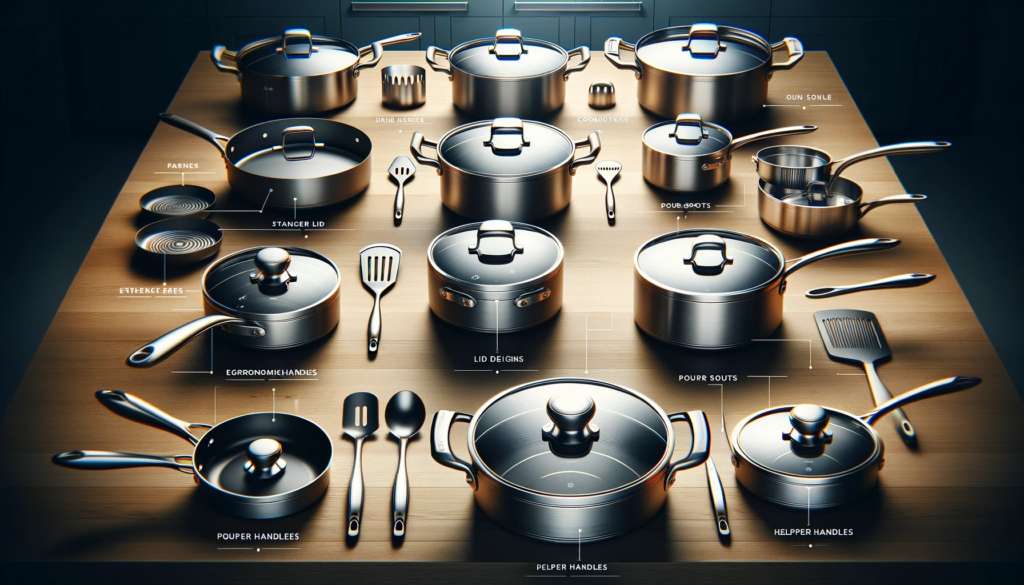
When comparing stainless steel cookware, evaluate various design-related factors that improve functionality.
Consider the handle design in terms of comfort, especially if cooking larger heavier meals.
Look for screws versus riveting for durability.
Determine if handle helper are included and useful for you.
Assess lid fit.
A tighter seal contains moisture, heat and nutrients.
Pour spouts make draining off excess liquid simple.
Straining lids allow you to separate solids from liquids easily.
Helper handles give you something extra to grasp.
While not required, well-designed accessories improve usability.
Factor needs like these into selections when determining the best stainless ware for your cooking requirements.
Determine the Grade of Polish
Examining the grade of polish relates to the technique used to polish the interior cooking surface.
Hand polishing involves manually rubbing the surface to remove imperfections and create an exceptionally smooth shine.
Machine polishing relies on automated processes.
Hand polishing generally produces better results.
The smoother and more flawless the cooking surface, the less likely food is to stick.
This allows for easier release of cooked food and simpler cleanup too.
So opt for hand polished interiors when possible.
And inspect for a near mirror-like perfect shine free of machine marks or scratches.
Be aware that even a polished surface degrades over time with heavy use.
But higher grades of hand polish provide longer lasting performance.
Weigh Gauge and Heaviness
With stainless steel cookware, you will find a range of metal gauges or thicknesses used.
Heavier gauge metals are generally more durable and less likely to warp or dent with frequent handling.
However increased weight can make cookware items more difficult to maneuver, especially when full.
Balance performance needs with convenience and comfort factors based on your strength and stovetop setup.
Lids and handles contribute greatly to overall heft too.
Consider how heavy pots and pans may be when evaluating products.
And take note of safety issues like hot gripping points.
Selecting very lightweight stainless comes with durability tradeoffs.
But ultra-heavy products reduce ease of use.
Try to find the middle ground between metal gauge, performance, safety and comfort when selecting items.
Compare Brand Reputations
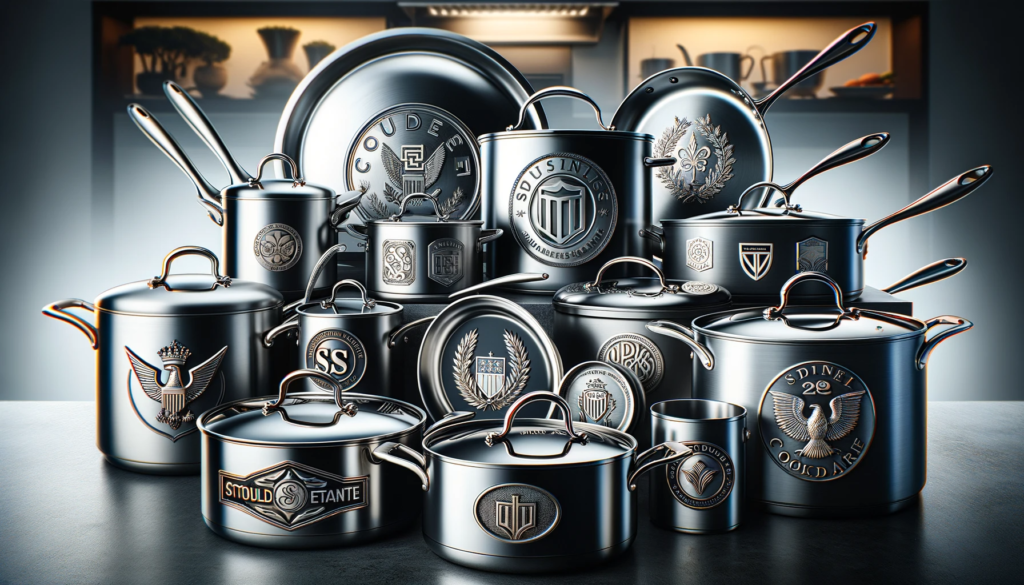
When evaluating various manufacturers of stainless steel cookware, comparing brand reputation can provide insights.
Look for companies known for innovative designs, quality construction and durability testing of products.
Check warranties policies as an indicator of expected lifespan under normal usage.
Carefully read through verified customer reviews detailing real-world testing and issues identified after purchase.
Well established brands are more inclined to stand behind their products if problems do occur.
Newer or generic brands frequently lack much history or accountability.
Consider calling manufacturer hot lines to ask technical questions as well.
This can help you better understand overall company knowledge plus commitment to quality and customer satisfaction.
Research thoroughly before purchasing more expensive stainless steel sets.
Conclusion
The ideal stainless steel cookware holds up well over years of daily cooking without warping, corroding or changing cooking properties.
By carefully examining the steel grade, construction techniques, design factors and brand reputation, you can identify higher quality products.
Seek out tri-ply pieces with fully encapsulated bases to prevent hot spots during cooking.
Opt for satin or polished finishes to simplify cleaning while avoiding exterior coatings that degrade over time.
Review fittings like handles, lids and helper loops for comfortable confident handling.
While costlier, heavier gauge hand-polished stainless steel made by reputable kitchenware companies ultimately performs best and lasts longest.
Taking time to properly evaluate features allows you to invest wisely for years of cooking enjoyment.
